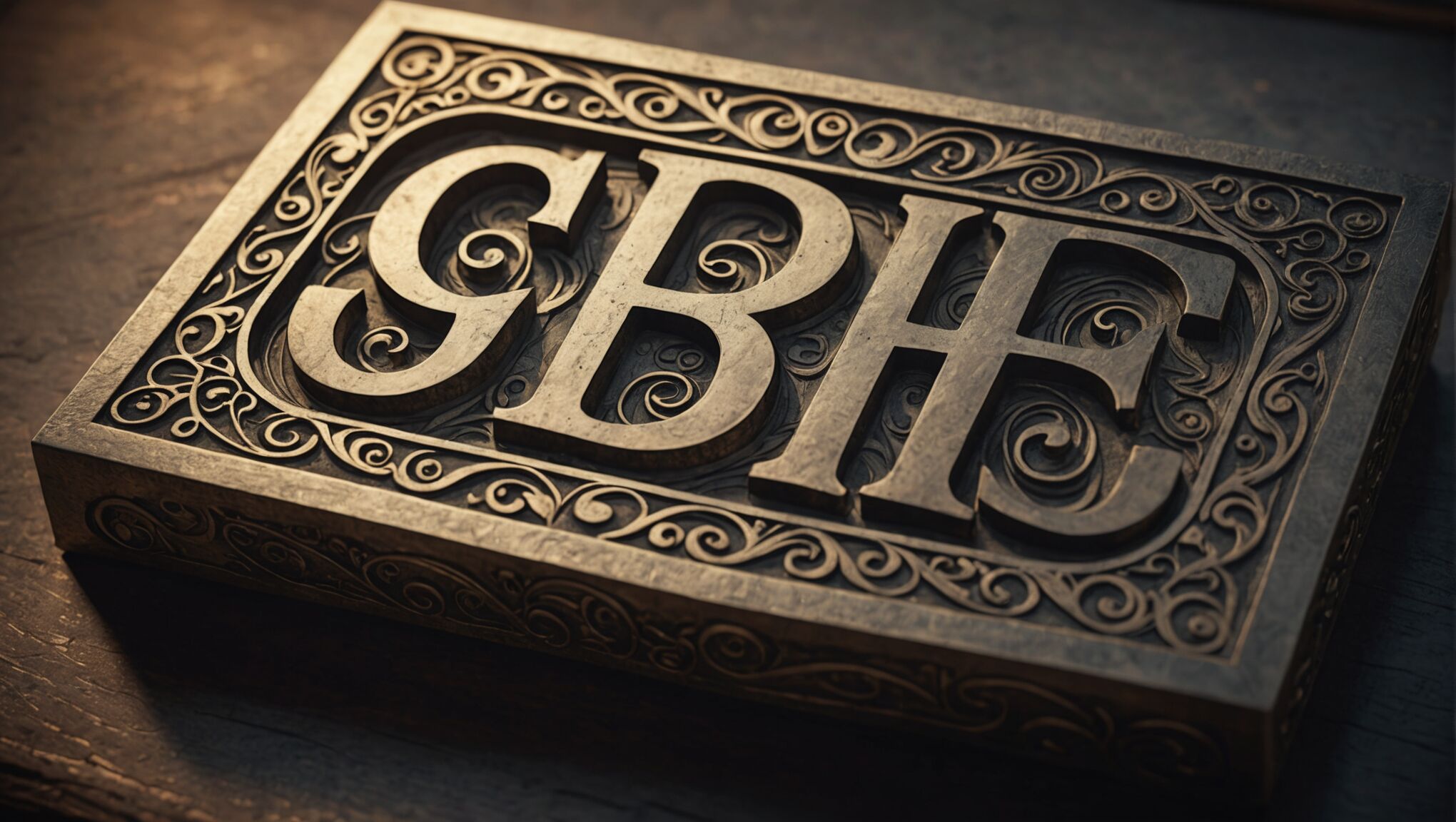A captivating book cover can make all the difference in attracting potential readers. To create an effective cover, start with a strong focal point that immediately grabs attention. This could be an intriguing image, a bold title, or a unique visual element that represents the essence of your story. “Your book cover is a visual elevator pitch,” so make it count. Balance is crucial; avoid cluttering the design with too many elements, as simplicity often leads to greater impact.
Another key aspect is ensuring your cover is legible at thumbnail size, as many readers will first encounter it online. The title and author name should be easily readable even when the image is small. Consider the genre conventions while still striving for originality – readers should be able to identify the type of book at a glance. Emotion and atmosphere play vital roles in cover design, so choose imagery and colors that evoke the right mood for your story.
Don’t forget about the spine and back cover, as these are also important elements. The spine should be clear and visible on a bookshelf, while the back cover should include a compelling blurb and any relevant endorsements or reviews. Finally, consider how your cover will look in different formats – both print and digital – to ensure it maintains its impact across all mediums.
Color psychology and genre expectations
Colors have a profound impact on human psychology and can significantly influence a reader’s perception of a book. When designing a cover, it’s crucial to understand how different hues evoke specific emotions and align with genre expectations. For instance, romance novels often feature warm, passionate colors like red and pink, while thrillers may opt for darker, more ominous shades such as black or deep blue.
“Color is a power which directly influences the soul.” – Wassily Kandinsky
In the realm of fantasy, rich, vibrant colors like purple, gold, and emerald green can create a sense of magic and otherworldliness. Conversely, literary fiction might employ more subdued, sophisticated palettes to convey depth and thoughtfulness. For non-fiction works, particularly in the self-help or business categories, blues and greens are popular choices as they convey trust, growth, and professionalism.
It’s important to note that color associations can vary across cultures, so consider your target audience when making color choices. For example, while white symbolizes purity and innocence in Western cultures, it’s associated with mourning in some Eastern cultures.
The use of contrasting colors can create visual interest and help key elements stand out. A bright title against a dark background, for instance, can be particularly eye-catching. However, be cautious not to overwhelm the viewer with too many competing colors.
Genre expectations play a significant role in color selection. Readers often have subconscious associations between certain genres and color schemes. Mystery novels, for example, frequently use dark colors with splashes of red to hint at danger and intrigue. Historical fiction might lean towards sepia tones or muted colors to evoke a sense of the past.
While adhering to genre conventions can help your book find its audience, don’t be afraid to subvert expectations occasionally. A unique color choice that still captures the essence of your book can help it stand out in a crowded marketplace.
Consider the emotional journey you want your reader to embark upon when they first see your cover. Cool colors like blue and green can create a calm, introspective mood, while warm colors like orange and yellow can evoke feelings of optimism and energy.
Lastly, remember that color isn’t just about individual hues, but also about how they interact. The interplay between different colors on your cover can create depth, highlight important elements, and guide the reader’s eye across the design. Experiment with various color combinations to find the perfect balance that captures the spirit of your book and appeals to your target audience.
Typography and font selection
 Typography plays a crucial role in book cover design, often being the first element that catches a reader’s eye. The right font can convey the genre, tone, and era of your book at a glance, while poor font choices can undermine even the most striking visual elements.
Typography plays a crucial role in book cover design, often being the first element that catches a reader’s eye. The right font can convey the genre, tone, and era of your book at a glance, while poor font choices can undermine even the most striking visual elements.
When selecting typography for your cover, consider the personality of your book. Serif fonts, with their traditional and elegant appearance, are often used for literary fiction, historical novels, or academic works. Sans-serif fonts, on the other hand, can lend a modern, clean look that’s well-suited for contemporary fiction, self-help books, or technology-related non-fiction.
Font pairing is an art in itself. Combining complementary fonts can create visual interest and hierarchy on your cover. A common approach is to use a bold, eye-catching font for the title and a simpler, more readable font for the author’s name and any subtitles. However, be cautious not to use too many different fonts, as this can lead to a cluttered, unprofessional appearance.
The size and placement of text elements are equally important. Your title should be large enough to be easily readable in thumbnail size, as many potential readers will first encounter your book online. Experiment with different arrangements to find a balance that’s both aesthetically pleasing and functional.
Consider the emotional impact of your font choices. Script fonts can evoke elegance or whimsy, while bold, blocky fonts might suggest strength or urgency. The weight of the font (light, regular, bold) can also influence perception. A lightweight font might convey delicacy or subtlety, while a heavy, bold font can suggest importance or intensity.
Don’t overlook the power of negative space in typography. Sometimes, what you don’t include can be just as impactful as what you do. Clever use of white space can make your text stand out and create a sense of sophistication.
Typography can also be used creatively to reinforce themes or concepts from your book. For instance, a horror novel might use a font that appears to drip or melt, while a book about technology could incorporate circuit-board-like elements into the lettering.
Remember that legibility should never be sacrificed for style. No matter how beautiful or thematically appropriate a font may be, if readers can’t easily read your title or author name, it’s not serving its purpose.
Lastly, consider the longevity of your font choices. While it can be tempting to use trendy or highly stylized fonts, these can quickly date your cover. Opting for timeless typography can ensure your book remains visually relevant for years to come.
As you explore typography options, ask yourself: Does this font accurately represent the content and tone of my book? Is it easily readable? Does it complement or clash with other design elements? Your answers to these questions will guide you towards making informed, effective typographic choices for your book cover.
Working with professional designers vs DIY options
When it comes to creating a book cover, self-published authors often face the dilemma of whether to hire a professional designer or attempt to design the cover themselves. Both options have their merits and drawbacks, and the choice ultimately depends on various factors such as budget, design skills, and the specific requirements of the book.
Professional designers bring a wealth of experience and expertise to the table. They understand the nuances of cover design, including industry standards, current trends, and the technical aspects of preparing files for both print and digital formats. A skilled designer can take your vision and transform it into a polished, marketable cover that stands out in a crowded marketplace. They often have access to high-quality stock images, fonts, and design software that may not be readily available to the average author.
Working with a professional can also save you time and frustration. Instead of spending hours learning design software and techniques, you can focus on writing and marketing your book. Moreover, a designer can offer valuable insights and suggestions that you might not have considered, potentially elevating your cover concept to a new level.
However, professional design services come at a cost. Prices can vary widely, from a few hundred to several thousand dollars, depending on the designer’s experience and the complexity of the project. For authors on a tight budget, this expense may be prohibitive.
On the other hand, DIY cover design can be a viable option for authors with some design skills or those willing to invest time in learning. With the advent of user-friendly design tools like Canva, Adobe Spark, or even more advanced software like GIMP, creating a basic cover has become more accessible to non-designers.
DIY design allows for complete creative control and can be a cost-effective solution. It also provides the flexibility to make changes quickly without relying on a designer’s schedule. However, it’s crucial to be honest about your capabilities. A poorly designed cover can negatively impact book sales and may ultimately cost more in lost revenue than hiring a professional would have.
If you decide to go the DIY route, invest time in studying successful covers in your genre, understanding basic design principles, and learning to use your chosen design tools effectively. Consider seeking feedback from other authors or book cover design communities to refine your work.
A middle-ground approach is to use pre-made cover designs. Many designers offer these at a fraction of the cost of custom designs. While not unique, these can be customized to some extent and often look more professional than a novice DIY attempt.
Ultimately, the decision between professional and DIY design should be based on a careful assessment of your skills, budget, and the importance of the cover to your overall marketing strategy. Remember, your book cover is often the first point of contact between your work and potential readers. Whether you choose to invest in a professional designer or take on the challenge yourself, ensure that the final product does justice to the story within and effectively attracts your target audience.
